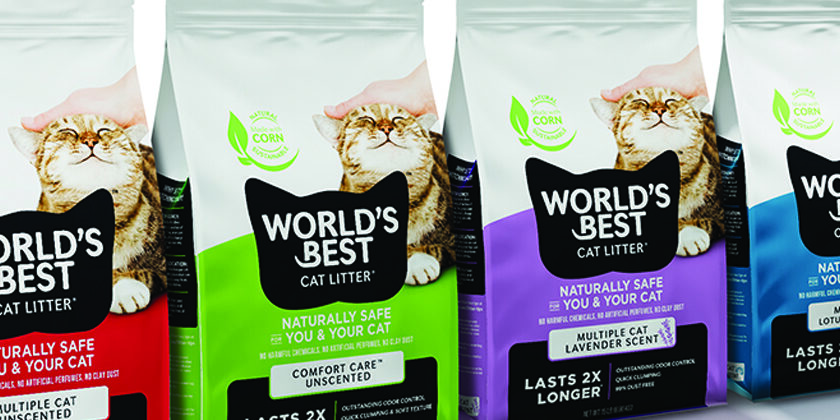Aug 22, 2023
Scholl’s Wellness Co., the iconic 117-year-old foot-care company, has redesigned Dr. Scholl’s packaging to be more contemporary and make it easier for consumers to find what they’re looking for on-shelf. The brand owner worked with Little Big Brands on the redesign.
The result is a more cohesive brand family and a more shoppable product line. The new visual architecture also positions Dr. Scholl’s to extend into new channels and categories.
The new packaging began rolling out in May 2023. All Dr. Scholl’s products have moved to the new package design except for Custom Fit, which is on a later time line.
“The main goal [of the redesign] was to bring modernity and relevance to the Dr. Scholl’s brand,” says Richard Palmer, executive creative director at Little Big Brands. In addition, the brand owner wanted “to help increase consistency and shelf impact and to make the brand easier for consumers to shop.”
The new packaging structure is paperboard, with cutouts on the front and a die-cut window on the back so consumers can see and touch the product. The paperboard structures replace Dr. Scholl’s old clamshell packaging.

Dr. Scholl’s new paperboard packaging is showing up in stores to replace its previous plastic clamshells.
“The structure for all insoles was unified to one structure, eliminating the inconsistency of multiple previous plastic clamshell structures,” Palmer says.
“The initiative to go all paperboard creates a much more sustainable line,” he adds. “It’s also easier for consumers to interact with. It helps bring the brand in line with modern sustainability trends and what consumers are looking for from the brands they value.”
Graphic design speaks to consumers.
The new packaging graphics feature a modernized logo, simplified communication that highlights features and benefits, and illustrations that help consumers find the most appropriate product and the perfect fit.
“Streamlined branding and architectural elements were developed for consistency and shelf impact,” and a new color strategy is keyed to different need states, Palmer says.
He adds that the biggest challenge in executing the redesign was “simplifying the communication down to only what the consumer needs to see within the first three to five seconds of viewing the packaging.”
from Packaging Digest



